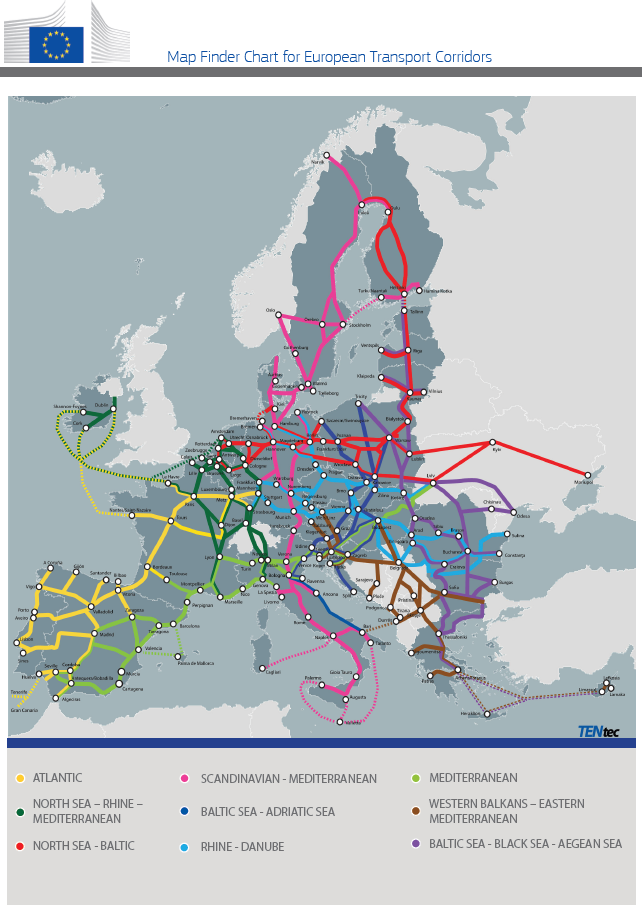Last night, the European Parliament and the Council reached a provisional agreement on the regulation revision concerning the Trans-European Transport Network (TEN-T)!
The co-legislators agreed to significantly step-up efforts to complete a sustainable and resilient TEN-T, including incentives to increase the use of sustainable transport modes and improve multimodality.
Óscar Puente, Spanish Minister of Transport and Sustainable Mobility, affirmed: “Today’s agreement is a milestone for better and sustainable connectivity in Europe. The guidelines on the TEN-T network are a key instrument of the EU’s transport policy which will contribute greatly to strengthening the EU’s cohesion and to stimulating growth and jobs.”
Adina Vălean, Commissioner for Transport, stated: “This is a landmark agreement for the EU. Europe needs a transport network that addresses the mobility concerns of our citizens and businesses, both sustainable and resilient, and that builds a bridge with our neighbours, in particular Ukraine, Moldova and the Western Balkans. We are now equipped to complete that network.”
For rail freight, the revised regulation entails, among other things:
- The creation of nine European Transport Corridors, which will integrate and replace the Rail Freight Corridors and Core Network Corridors.
- A new intermediary 2040 deadline to advance the completion of large-scale cross-border projects, such as missing rail connections.
- The deployment of the European Rail Traffic Management System (ERTMS) on the entire TEN-T.
- The migration to European standard nominal track gauge.
- The increase of the number of 740-meter-long freight trains.
- The inclusion of operational requirements for RFCs.
- The increase of transhipment terminals in line with the current and expected traffic flows and the improvement of capacity handling at freight terminals.
ScanMed RFC welcomes the end of negotiations on this legislative file. EU officials will now continue working on the revised regulation at a technical level. Once this process is completed, both the Parliament and the Council will have to formally adopt it before it can enter into force.
To read the press release issued by the European Commission, click here.
To read the press release issued by the Council, click here.


